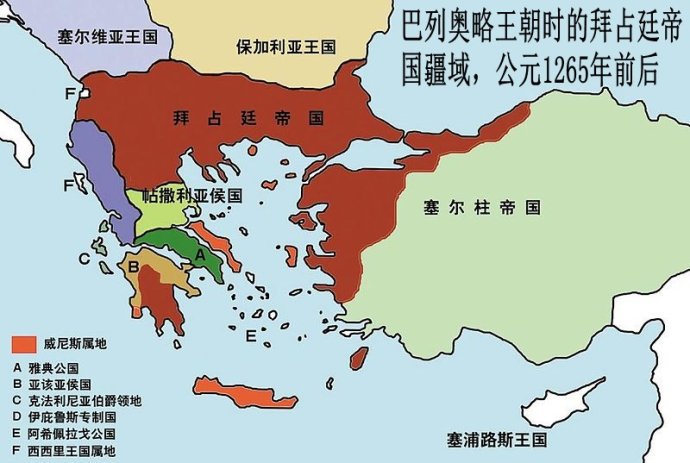Segment 15A, Introduction.
15A部分 简介
The Eastern Roman Empire or Byzantine Empire as it is often known was more than just a continuation of the Roman Empire.
东罗马帝国或者人们常说的拜占庭帝国,绝不仅仅是罗马帝国统治的延续。
To the people themselves it literally was the Roman Empire right down to the name the people used for themselves, Romaioi.
在罗马人自己看来它就是罗马帝国,正好对应他们对自己的称呼——罗马人。
Which is the ancient Greek word meaning Romans.
这个词在古希腊语中就是罗马人的意思。
After the Emperor Justinian's failed attempt to reconquer the entire Roman Empire,
在查士丁尼皇帝试图收复整个罗马帝国失败了以后,
the Byzantine settled down into their Greek speaking version of the Roman Empire.
拜占庭帝国就以它希腊语的名字立足了下来。
As East and West grew further apart, so did the Eastern and Western Christian Churches, which finally broke off all ties in 1054 AD.
东西方的基督教堂也开始分化,直到公元1054年完全分裂。随着东西方帝国分裂的深入,

After centuries of battle with Turks, Slavs, Persians and even crusading Christians from Europe, the Byzantine Empire also declined and fell
在和土耳其、斯拉夫人、波斯人甚至欧洲十字军斗争了几个世纪以后,拜占庭帝国也渐渐没落衰败,
but not before leaving behind its own cultural legacy, the Renaissance in the west and in the East in Russia.
但在灭亡前,它也留下了自己的文化遗产——即西方以及东方的俄罗斯兴起的文艺复兴。
Segment 15B The Romaioi and their world.
15B部分 罗马人及他们的世界。
Tracks the growth of the Eastern Roman Empire into the Greek speaking Byzantine Empire.
罗马的历史从东罗马帝国开始有所考,到讲希腊语的拜占庭帝国。
Complete with its own subordinate Orthodox Christian Church.
再到其下属的东正教教堂为止。












